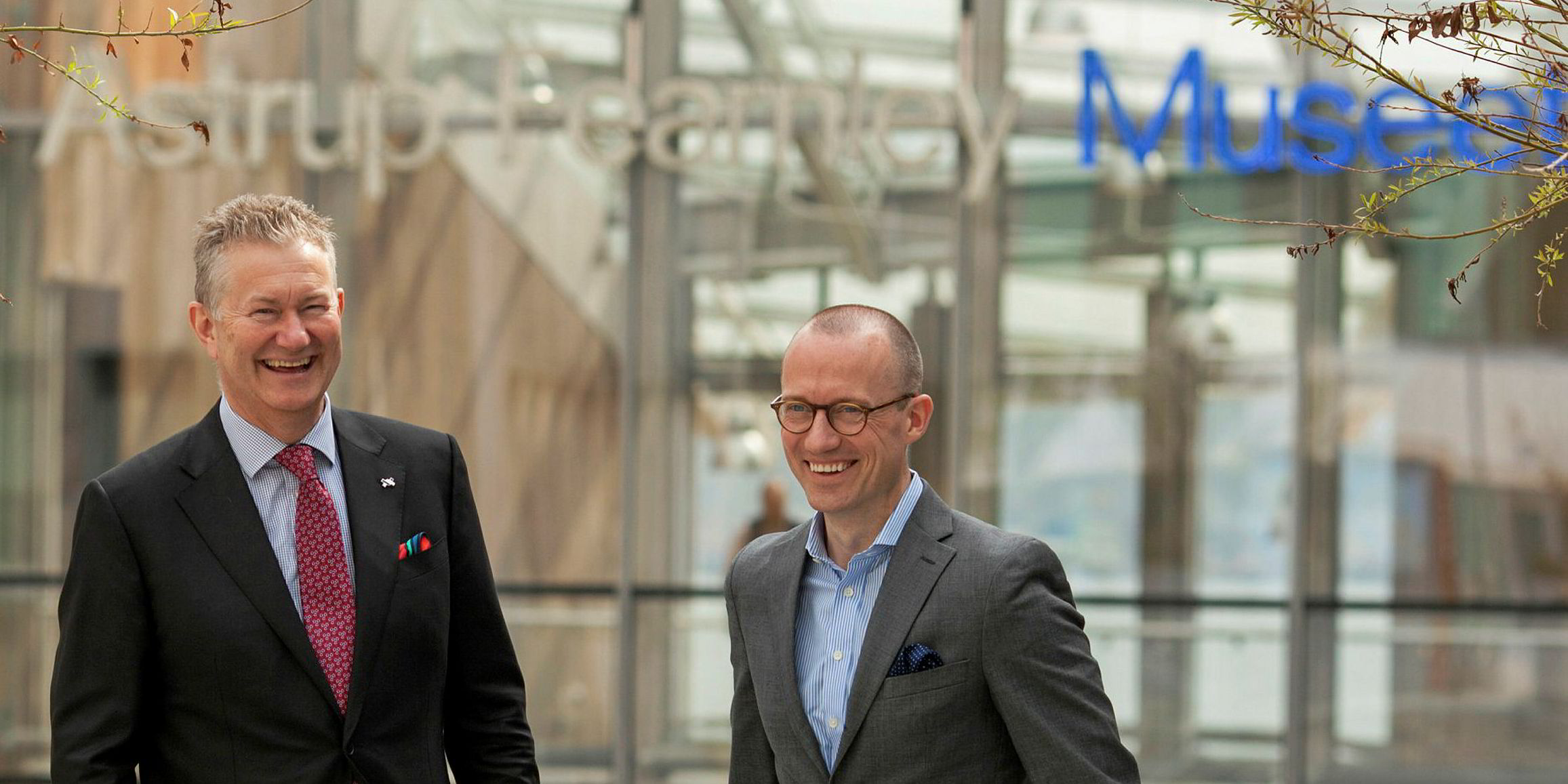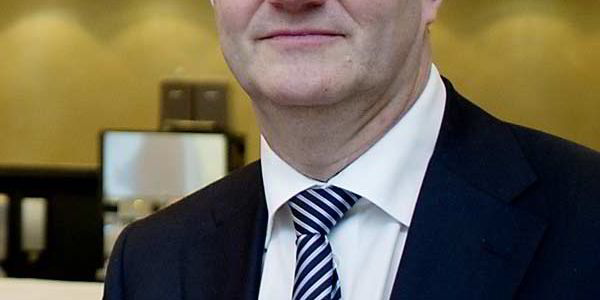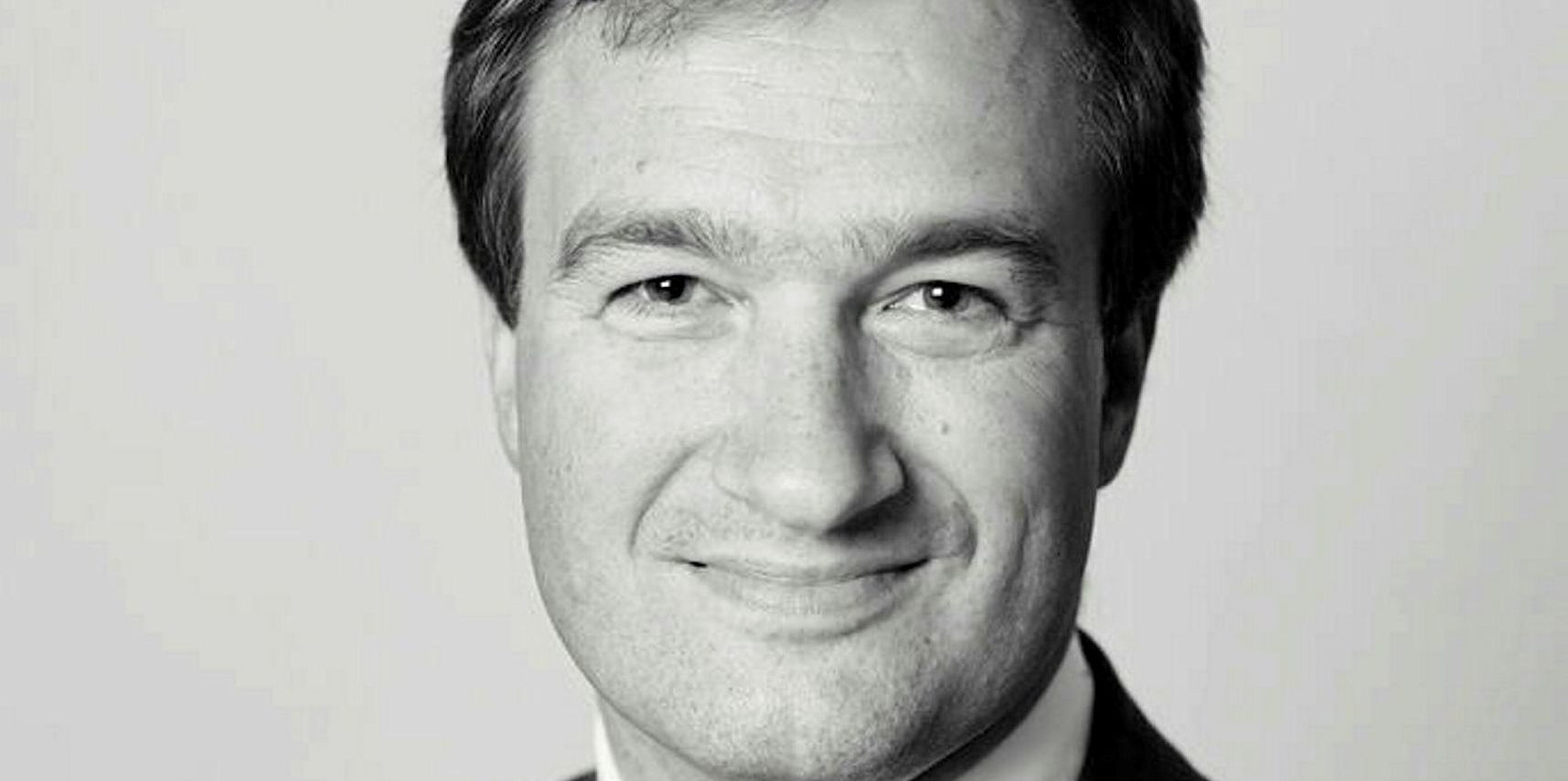Jon-Aksel Torgersen, the long-serving chief executive of Astrup Fearnley, had a clear message for his successor, Even Matre Ellingsen, before handing over the reins at the end of his 27-year tenure.
“Jon-Aksel was the one who said, ‘Even, if you don’t change the way we do business, I will be very disappointed’,” Ellingsen tells TW+ in his first extended interview since stepping into the role on 31 March.
Ellingsen has taken office as the Norwegian shipbroker and investment bank marks its 150th anniversary and he has a mandate to change and modernise.
His introductory message to Astrup Fearnley’s 350 staff globally, which was live-streamed from Oslo to other offices was, however, of “enhanced evolution” rather than “revolution”.
A key part of the 57-year-old’s first weeks in the job has involved visiting staff at the company’s offices to listen to ideas and identify low-hanging fruit.
Joining him on the introductory tour was chief operating officer John Olav Harr, who held the same position at Fearnley Securities, where Ellingsen had been chief executive before their promotions.
Harr says the introductory “town hall” talk and subsequent travel are typical of Ellingsen’s approach, which places huge emphasis on openness and teamwork, principles to which the pair are firmly committed.
“Back in time, having information meant power,” Ellingsen says in an interview at the Astrup Fearnley Museum of Modern Art in Oslo.
“We have turned that around. We think that sharing information gives power. It’s a radical approach. We have been brutally honest in Fearnley Securities for the last seven years. That I would like to do in Astrup Fearnley as well. That would be a change in culture.”
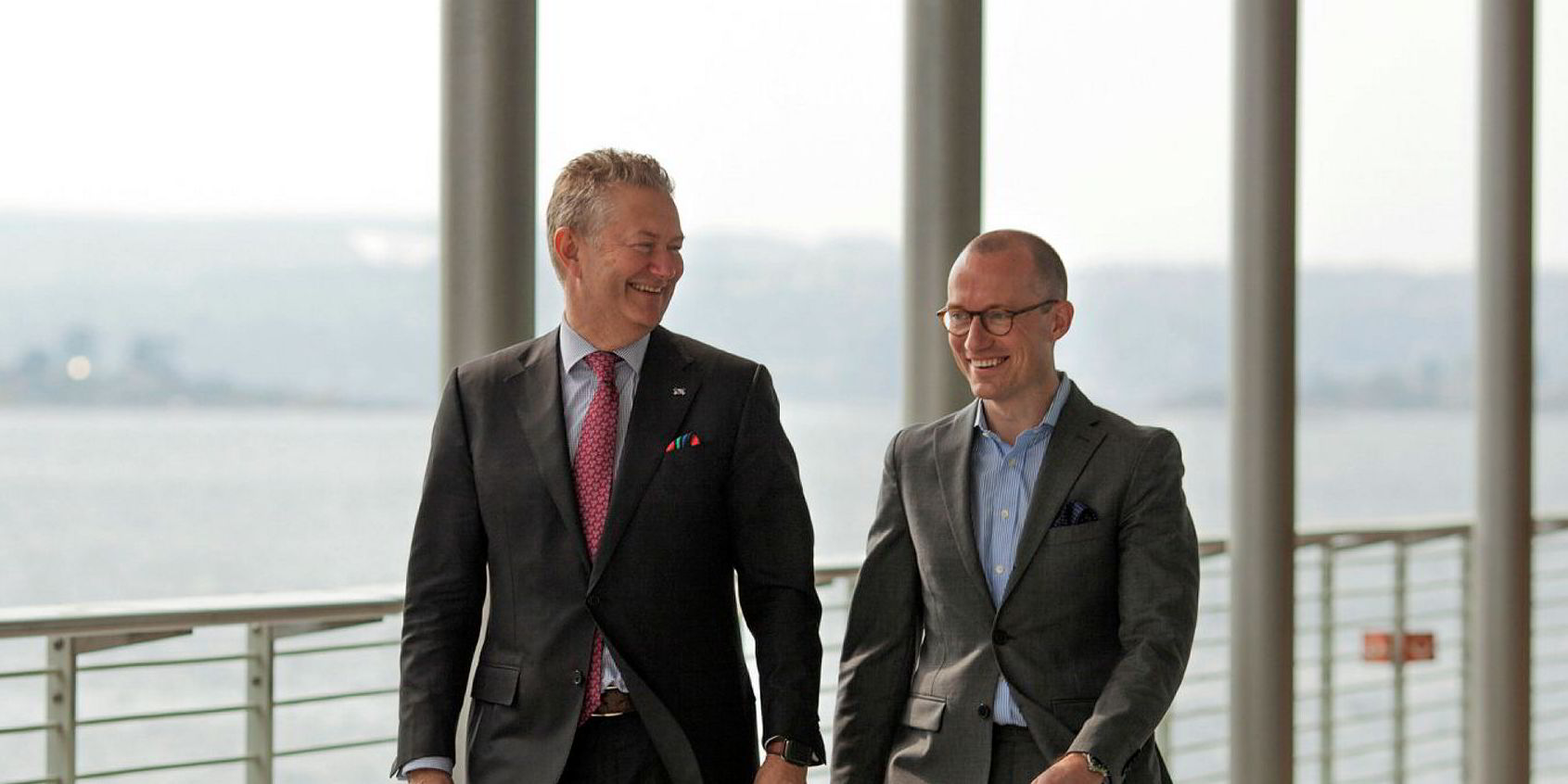
While firm outcomes from the initial round will not emerge until later this year, some themes of the strategy process have started to emerge.
Utilisation of technology is one item on the agenda, alongside building data offerings and a closer communication with clients, physically and with a greater digital dialogue. Another is seeking fresh and more active cooperation between the group businesses. This recognises that clients need financing, vessels, cargoes and research.
Harr says: “The notion of having a broad firm with different companies and specialties is a universal challenge when we speak with colleagues at similar firms which have a similar structure as ourselves, both domestic and international specialist service firms, who are fighting that challenge in the same way as we are.
“I think tomorrow’s winners are those who will break that code in the best possible way for that organisation and for its clients.”
Ellingsen says clients already identify Astrup Fearnley as one group, rather than individual subsidiaries. “When we meet one year from now, we will have torn down some walls and got rid of some silos,” he continues. “That is a change we are going to do — make sure we are one team, as the clients really look at us as one team.”
Ellingsen, formerly of Pareto and DNB, and Harr, a one-time Fondsfinans executive and DNB Markets broker, have strong histories in finance. Despite leading Fearnley Securities, a company that has raised billions of dollars in the capital markets in the past few years, they will not be taking the group public.
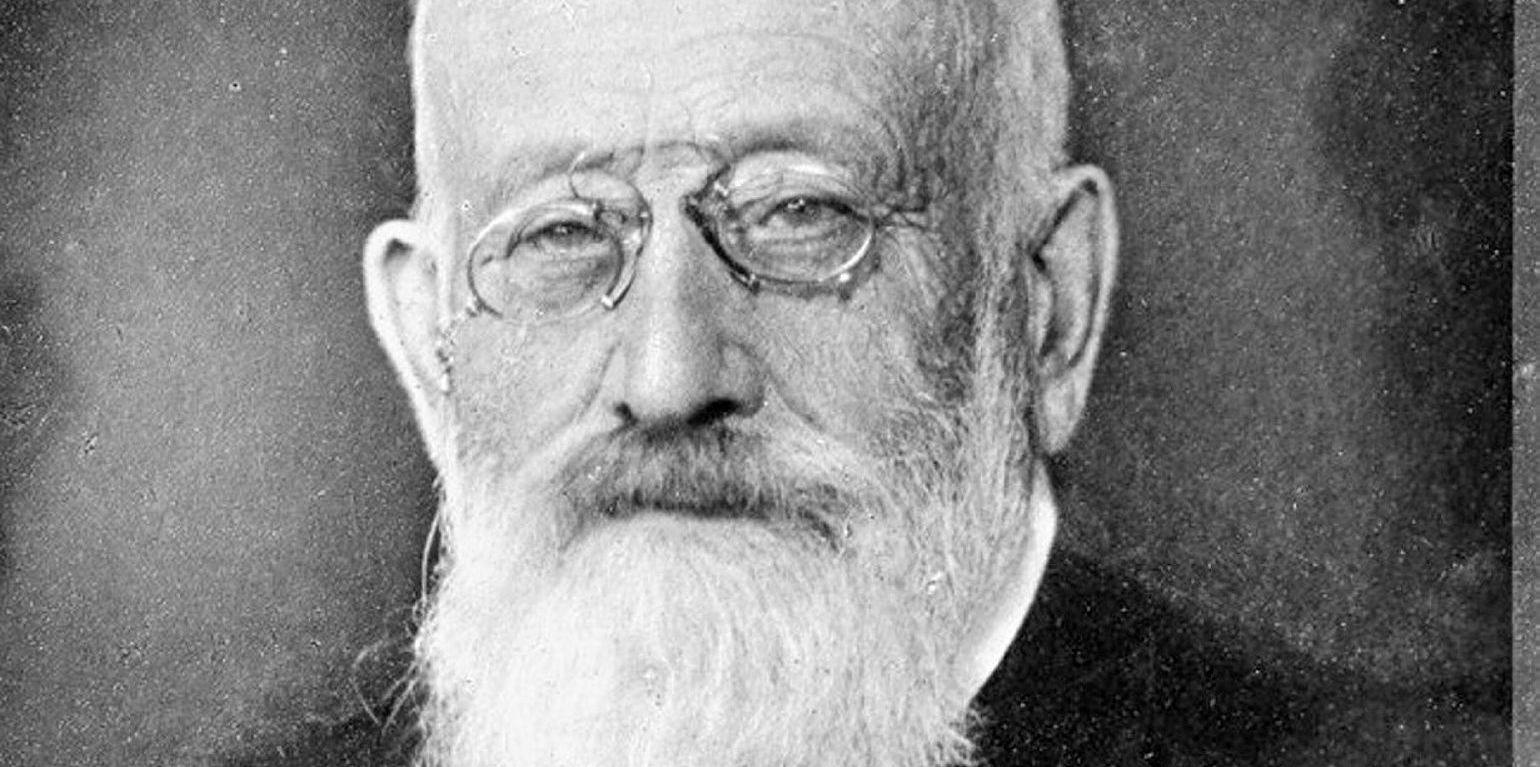
Astrup Fearnley was started in 1869 by Thomas Fearnley as a brokerage and agency business in Oslo, then known as Christiania. Within little more than a decade it entered shipowning with Christiania Steamship Co and it was an early player in tankers in the 1930s.
1869 Thomas Fearnley, the son of a Norwegian romantic painter, sets up a shipbroking and agency company in Christiania, as Oslo was known until 1925
1881 Having invested in a share of some vessels and chartered ships, Fearnley & Eger sets up a ship-owning firm, Christiania Steamship Co
1882 Delivery of DS Oslo (1,235 dwt), the company’s first contracted newbuilding
1900-1930s In addition to shipowning, the company is initially focused largely on dry cargo broking. It later targets the emerging tanker and gas markets
1960s Fearnley establishes LNG shipping and chartering operations
1970s Hans Rasmus Astrup takes full ownership in 1972 of the business, which is an early mover in rig and offshore support vessel broking as Norway’s oilfields grow
1980s Astrup Fearnley moves into finance, first with Fearnley Project Finance in 1981, and in 1987 Fearnley Securities is founded
1993 The Astrup Fearnley Museum of Modern Art, founded by Astrup, a collector, opens in Oslo. In 2012 it relocates to a new building
2013 Astrup sets up a foundation to take ownership of the group, which now employs more than 300 people globally
2019 Astrup Fearnley marks its 150th anniversary
It remained under the control of the same family until 2013, when Hans Rasmus Astrup established a foundation that today owns the company. “That would mean we will live forever — that is the main idea,” Ellingsen says. “There was no conversation as to whether we should be private or not. We are private and owned by a foundation today. There are no other plans.”
Astrup, who never married or had children, took sole ownership of the group in 1972. Now 80, he has no official title but remains a member of the foundation.
The veteran, best known globally as an art collector and founder of the Astrup Fearnley Museum, can still be seen every day at the company’s Oslo head office, close to the stock exchange and opera house.
“We are extremely proud to be part of a family-owned business,” says Ellingsen, who habitually wears a distinctive Fearnleys pin on his suit jacket as a symbol of the integrity and history of the brand. He describes Astrup as an old-fashioned gentleman with a modern regard for people who is central to the company’s culture. “It’s not a politically correct answer, it’s the reality,” he adds.
The 150th anniversary is being marked by a series of events, beginning with investor seminars in Oslo and London in January this year. A reception at the Astrup Fearnley Museum during Nor-Shipping will also raise a glass to the milestone, with further events scheduled in the autumn.
“We decided to spend most of the resources with clients this year,” Ellingsen says. “That is what we like to do and show that we are still relevant, alive and kicking.”
In an era in which the average age of a company quoted on the New York Stock Exchange is little more than a decade, Ellingsen describes the 150-year landmark as “quite something”.
“What we decided was to focus on what was really important and what is going on in the next 150 years. We are extremely proud of that [history]. That being said, we want to take care of the future.”
For now, that future is supported by a $100m-plus forward orderbook at shipbroking division Fearnleys.
Ellingsen, who has moved his office up a level to sit with the shipbroking business during his early months in the post, says the division has seen significant positive change in the past three years under the leadership of its chief executive, Kristian Sorensen.
“We have a one-desk strategy in Fearnleys these days,” Ellingsen says. “Working together has absolutely driven the business the right way.”
The brokerage has been recruiting in dry cargo, with its bulker business profitable in 2018 and its LNG team a global leader in its field.
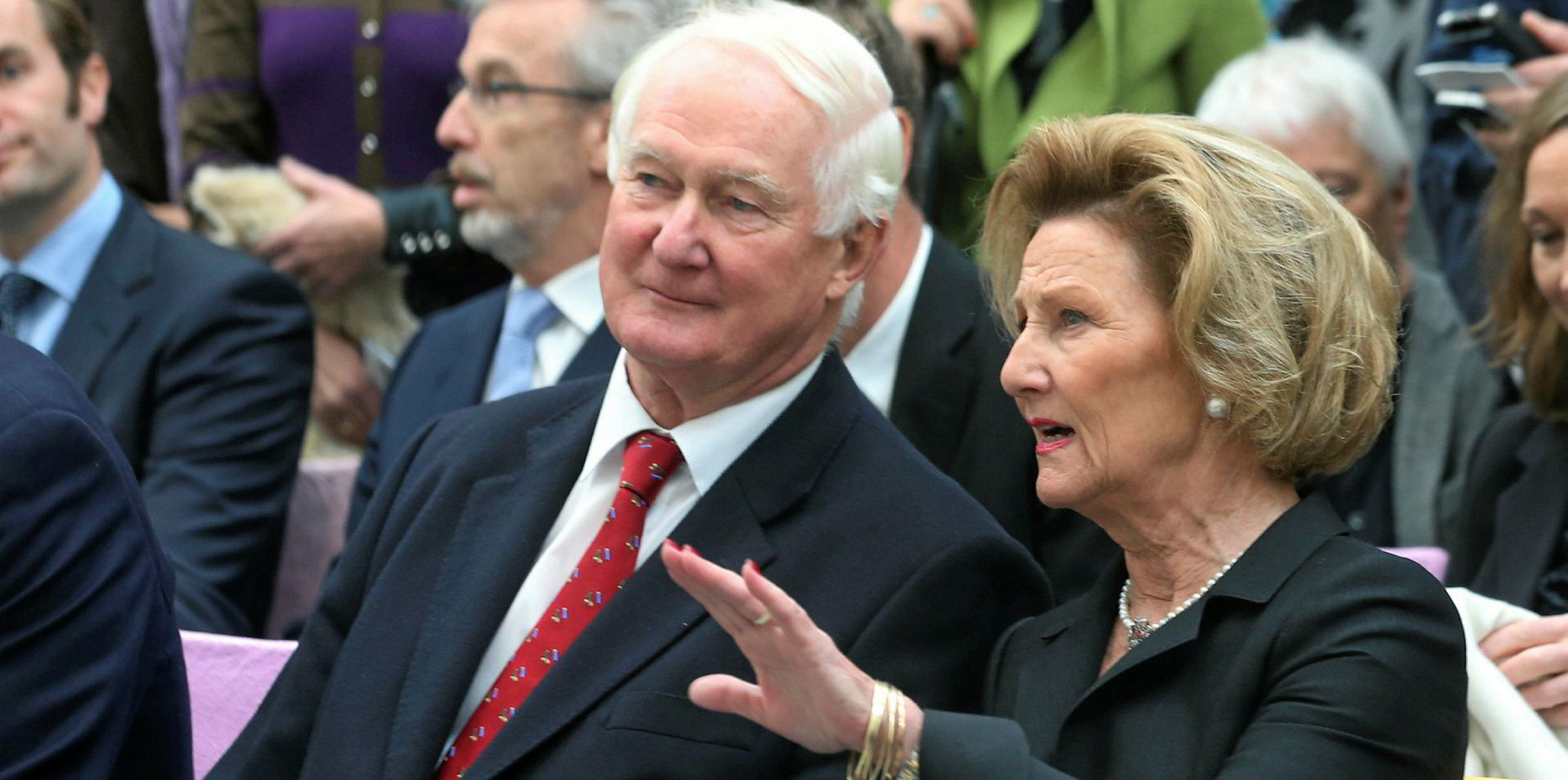
“They have been investing in research and digitisation and built on the foundation that was there in a good way,” Harr says. “When you look at Fearnleys in terms of headcount, it’s relatively small compared to some of the bigger competitors out there. But we believe in having focused teams with a very strong competence and business footprints within certain areas.”
Fearnley Securities — where another internal appointee, Marius Halvorsen, has taken over from Ellingsen as chief executive — is expected to see further development. The firm has taken part in 35%-40% of all relevant shipping finance deals in the market in the past couple of years, an enviable share Ellingsen says is almost too high.
There was no conversation as to whether we should be private or not. We are private and owned by a foundation today. There are no other plans
Even Matre Ellingsen
“Looking at what is happening on the banking side these days, with banks deciding to go from 200 clients to 100 clients and people withdrawing from shipping because of the risk, gives opportunity for us,” he says.
“We today have investment banking, we have project financing and we do direct investment. That’s a nice offering. We are certain Fearnley Securities as an investment bank will grow.”
The project finance activity of Astrup Fearnley is another area primed for development, following up what he calls the beautiful performance of some existing projects. “We would like to build on that and see how we can take that success story forward. Can we develop it further on? How can we do that? I’m confident that we can attract much more than we have been doing.”
New offerings are also emerging in the aquaculture and renewables sectors, building on the existing offshore shipbroking presence of Fearnley Offshore Supply, which has been growing its wind farm vessel business.
“Historically, we have been very true to shipping and offshore. What has perhaps not been as well communicated is we have also done a lot of aquaculture-related activities. It’s fair to say that is an area that is on the board,” Harr says.
“Then you have renewables. And within the sustainability umbrella, everything that is happening, both on the finance side, with green bonds, and the offshore wind farms — renewables along the maritime axis.”
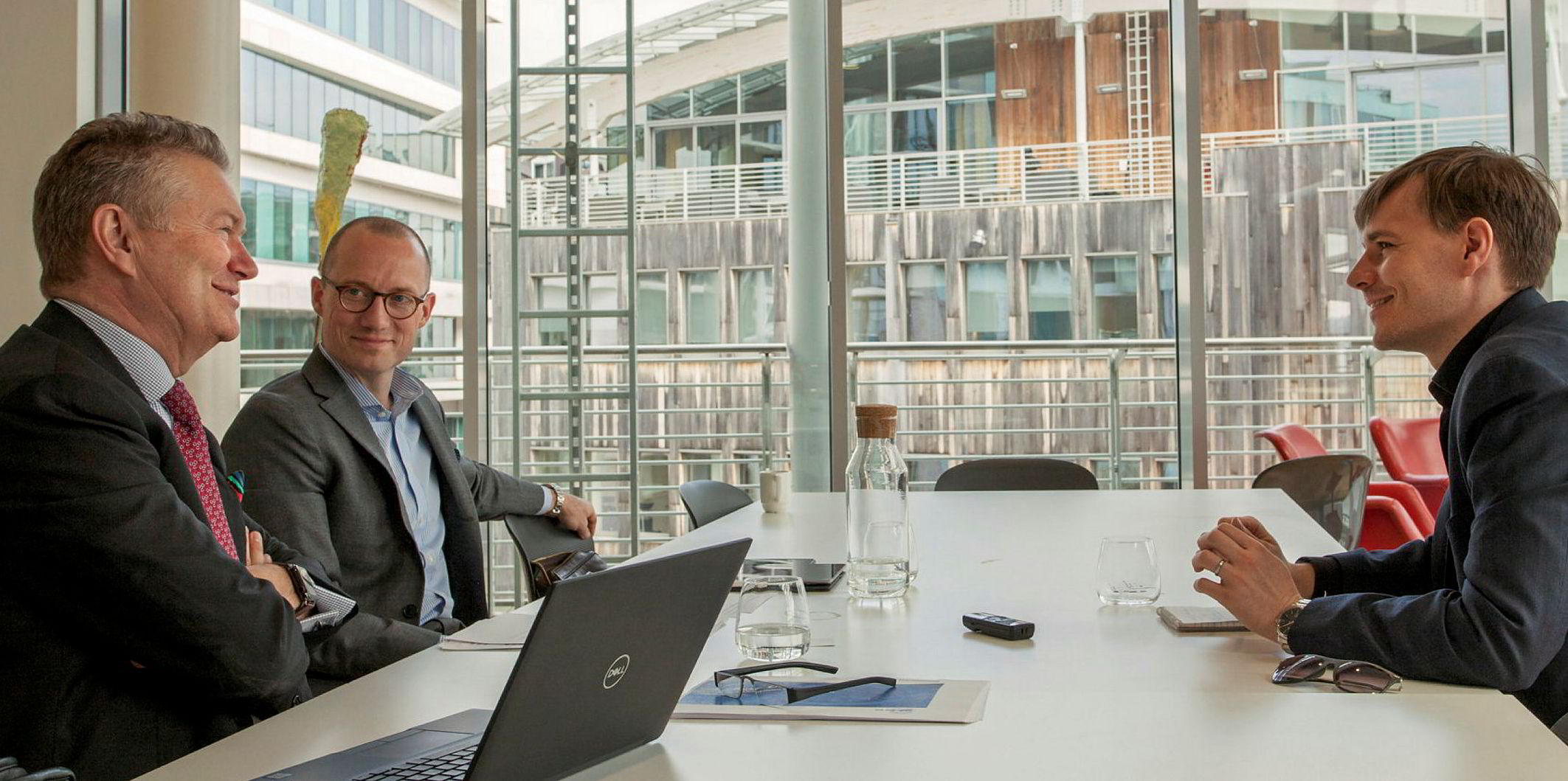
Ellingsen and Harr’s early work in their new posts also involves exploring whether it would be beneficial to add fresh offices to the Oslo and US hubs, coupled with a strong axis in Asia. “The combination of Hong Kong, Singapore and Tokyo is very good for us. We’re represented in all time zones,” Ellingsen points out.
“If you look at the map, there could be a place that is suitable for us, but it would need to make sense strategically and be a good investment to do that. We like to put people in position, support their business and make sure our corporate values are represented in a good way. We don’t have pop-up offices.”
Inside-out leadership gets the job done
Leadership responsibility came early for Even Matre Ellingsen. Before his 20th birthday he was second in command of a fast patrol boat as a Norwegian Navy and intelligence officer.
“That was a great experience,” he recalls. “My interest in the maritime sector started there.”
After graduating from the Norwegian School of Economics in his home city of Bergen, he began a career in finance with DNB. Responsibility knocked again as secretary of the board at 28 alongside being charged with developing business on the west coast of Norway.
Ellingsen says several key people have influenced his career, many of whom tasked him with important strategic work from the outset. This emphasis on the development of young talent remains a key focus for him.
While the married father of two says he tends to work a little too much, away from the office he can be found skiing, hiking, fishing and hunting.
John Olav Harr had been at Fearnley Securities for less than a year when Ellingsen arrived at the bank in 2012.
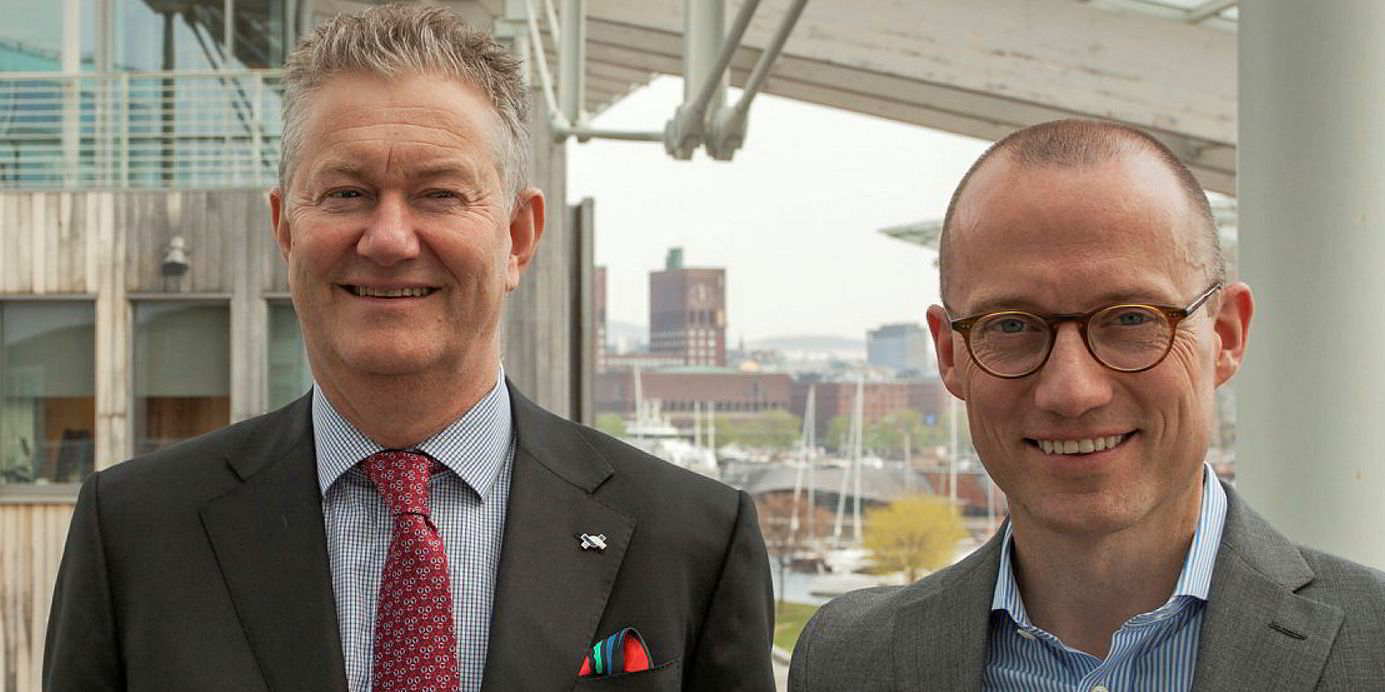
US-educated Harr had been chief executive of Fondsfinans in New York before joining the company, and Ellingsen’s arrival was followed by a strategy process similar to the one the pair are undertaking at Astrup Fearnley.
“It was during that analysis phase that we found each other and the collaboration started,” Harr says. “I believe we have complementary skills. It’s a very open relationship based on deep trust.”
He says there are as many chief operating officer job descriptions as there are positions, with the role defined by the individual’s skills and the needs of the chief executive.
“It’s a generalisation, but I am Mr Inside, while Even is the commercial power and Mr Outside,” he explains.
“That is not to say Even is not on top of what is going on in the organisation, or I’m not speaking with clients. But my management and organisation skills and background of being a broker has created a good position to put in place an infrastructure and a staff foundation within the firm that is commercially minded and scalable.”
Although professional service firms often have a wide gap between the staff on the front line and second line, Harr says his role at Fearnley Securities was to ensure the two lines of the business were tight together.
“That is also the mandate now on the group level, to make sure the whole Astrup Fearnley Group has that structure and an internal foundation that is modern, relevant and effective, enabling the commercial side of the business to do what they are best at.”
Ellingsen plans to spend 50% of his time with clients, 25% on group strategy and the rest with people inside the business. “It’s well known I’m into the nitty-gritty commercial deals,” he says. “I like to understand the details in the business.”
This article is from TW+ magazine, which will be distributed with TradeWinds on 24 May
